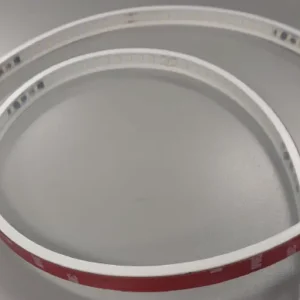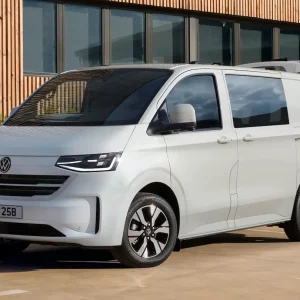Although the e-NV200 displayed was classed as a concept vehicle, the manufacturer says it is close to the model that will go into production next year before sales start in 2014.
The zero-emission van will be built alongside the conventional NV200, which was launched in 2010, at Nissan’s Barcelona plant.
Nissan’s product strategy and planning boss, Thomas Ebeling says the panel work from the A-pillar backwards is common to both versions.
Nissan has not confirmed how it will bring the e-NV200 to market yet but Ebeling says it is likely to offer the vehicle as a complete package, whether through outright sales or leasing deals.
He claims the e-NV200 will be “competitively priced” and “benchmarked against the competition”, as the brand’s electric passenger car, the Leaf, is against the Toyota Prius.
Delivery company Fedex Express has trialled the e-NV200 in London since December 2011 and British Gas and Royal Mail have put the van through its paces this year.
Ebeling says the Fedex vans cover 50km (31 miles) a day and are charged up at the depot overnight. British Gas engineers on the other hand tend to take the vans home and re-charge them there.
"The feedback we have received from drivers and operators using the vehicles as part of their everyday routine has given us vital information, which we will incorporate into the production version to ensure it meets, indeed exceeds, all their needs and requirements," says Hideto Murakami, who heads up Nissan’s Global LCV Business Unit.
The e-NV200 has a range of 140km and Nissan says a Quick Charge capability will enable operators to re-charge vans to 80% of capacity within 30 minutes, minimising downtime during working hours.
The manufacturer claims the van can harness the energy stored in its lithium-ion battery to power electric equipment up to 6000 watts.
With the batteries stored under the load bay floor, which helps to lower the vehicle’s centre of gravity, Nissan says the e-NV200 retains the standard model’s payload of 720kg and load volume of 4.2m3.






